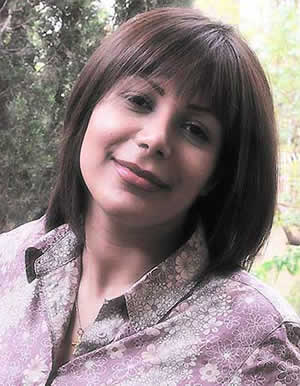 A doctor in Iran relates what transpired when protest victims were brought to her hospital.
A doctor in Iran relates what transpired when protest victims were brought to her hospital.
I was on duty as a surgical intern that night when a sudden rush of injured victims flooded the emergency room. I thought there must have been a big crash on the highway nearby, but there were all sorts of victims you don’t normally see together in a single crash. Some had been hit by sharp objects and some had fallen from a height; and then there was even a gunshot wound. When police officers followed the crowd I was sure this was no accident, at least not like any I had seen before. I ran to the officer who seemed to be in charge and asked what had happened.
The question was immediately stifled by an angry look and a wave of the hand “mind your own business”. I tried to explain that my colleagues and I needed to know the cause of the accidents and the nature of the trauma. Then a bearded tall man approached me “ask me!” he said. I immediately recognised the “plainclothes”. “I wanted to know”, I began. He locked his intense hatred into my eyes. “You have no right to ask any question. At least if you don’t want to join them.” And he pointed to the line of the victims lying on the beds and on the floor.
This beautifully written essay was submitted to The Lancet’s Wakley Prize Essay competition.
Related posts:
The video of Neda Soltan’s death
Resources:
Image: The New York Times
Author’s name withheld, An essay on a topic of international health importance, The Lancet, December 16, 2010


Sorry, comments are closed for this post.